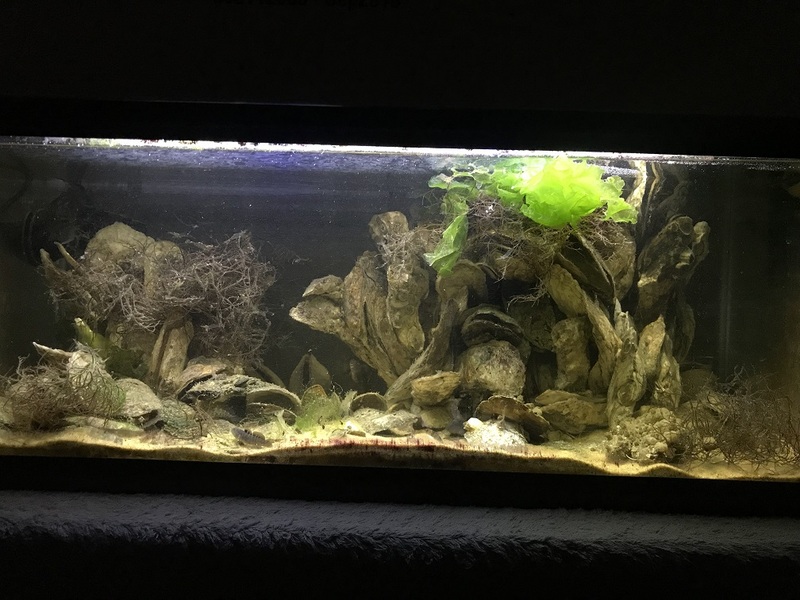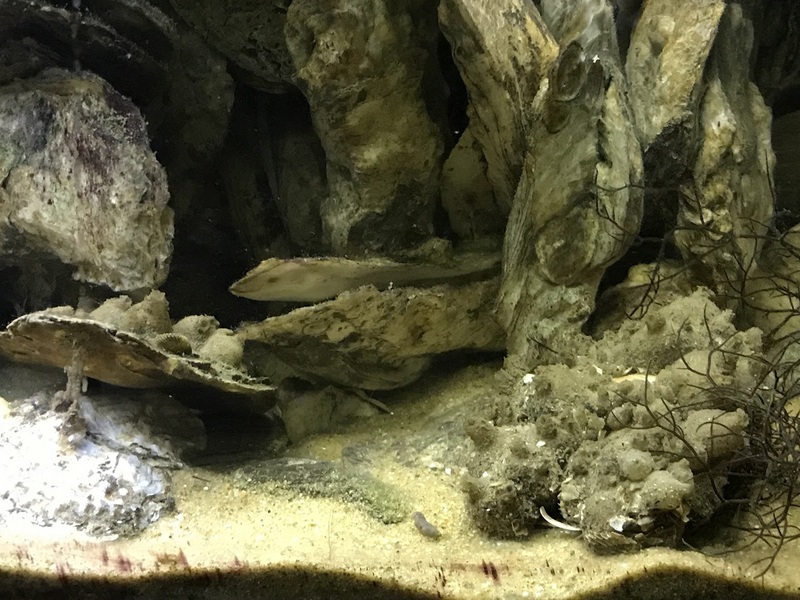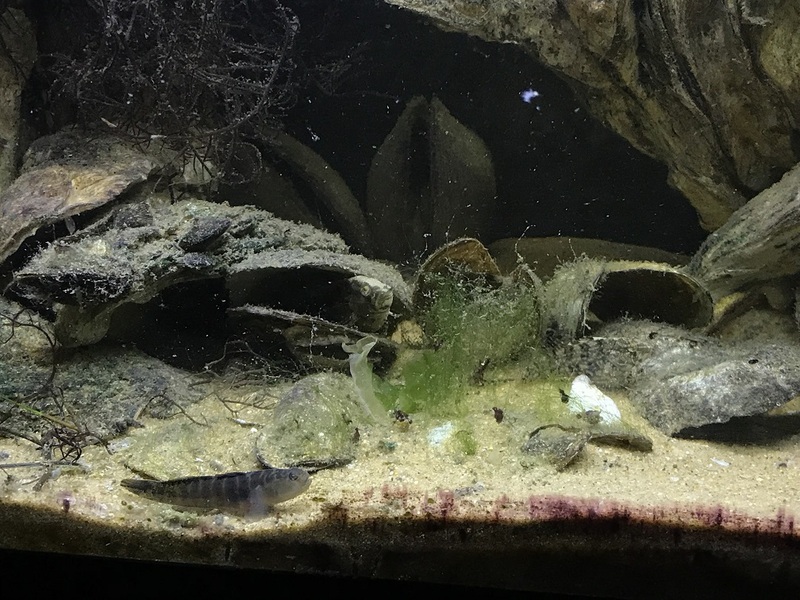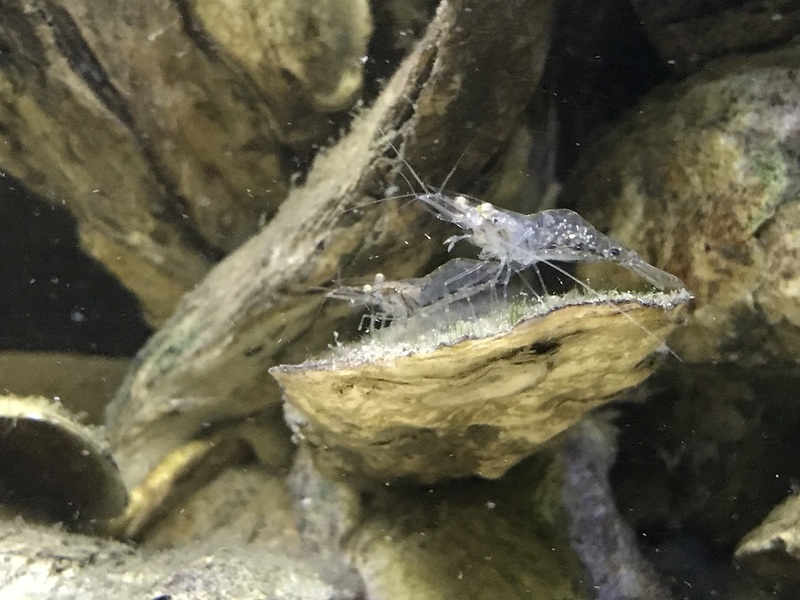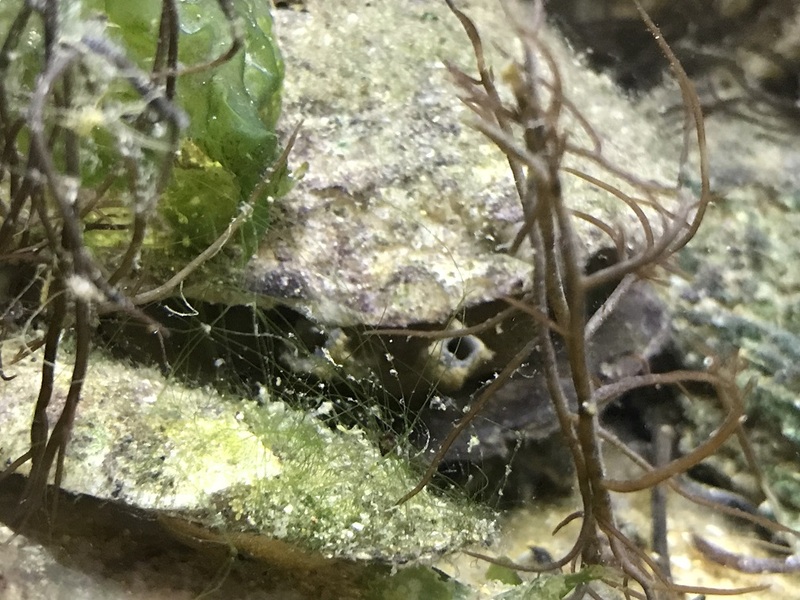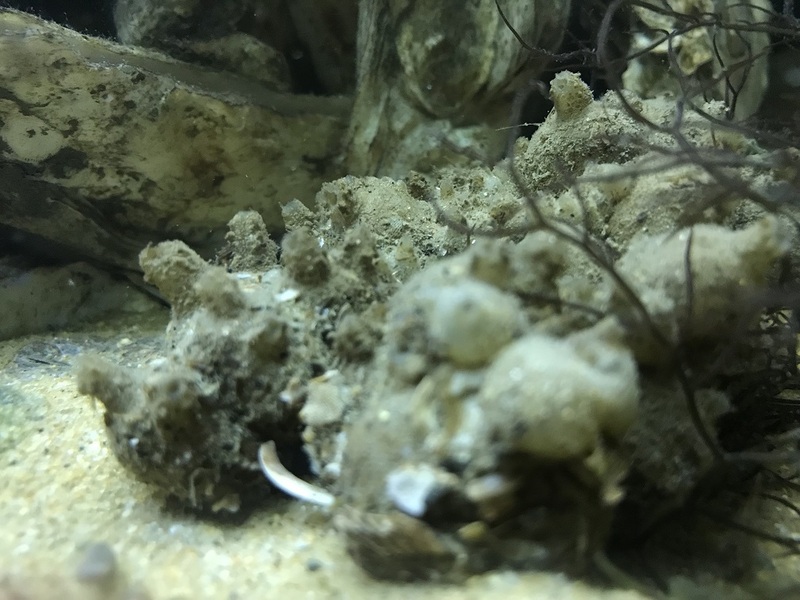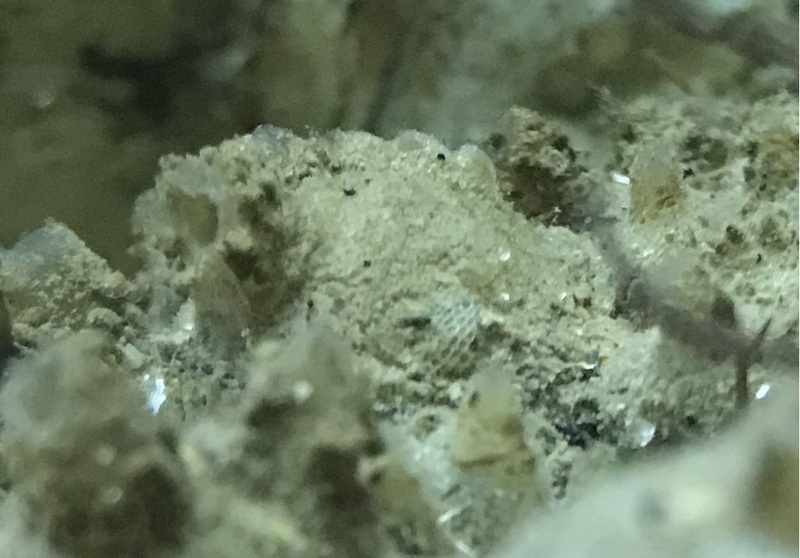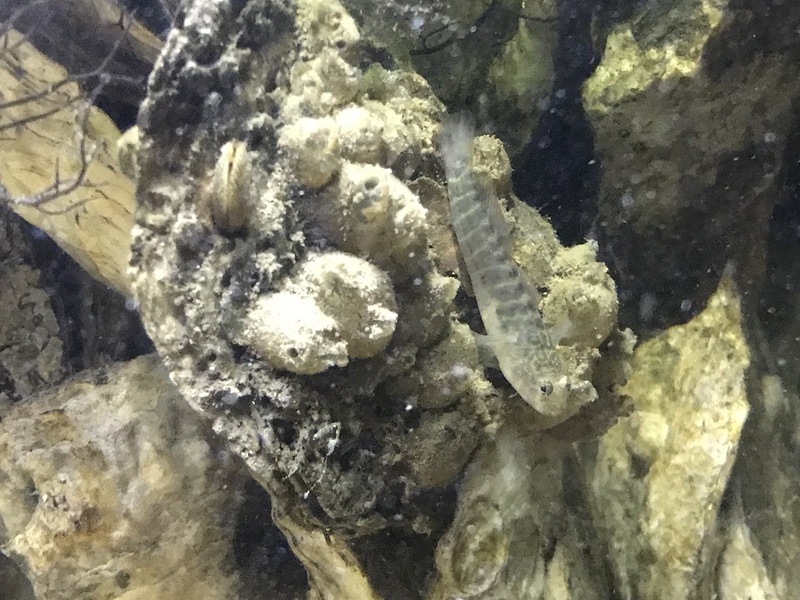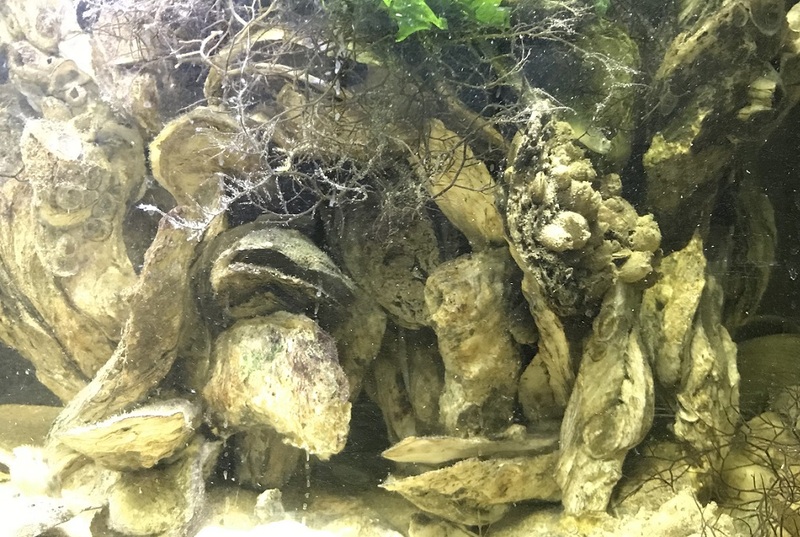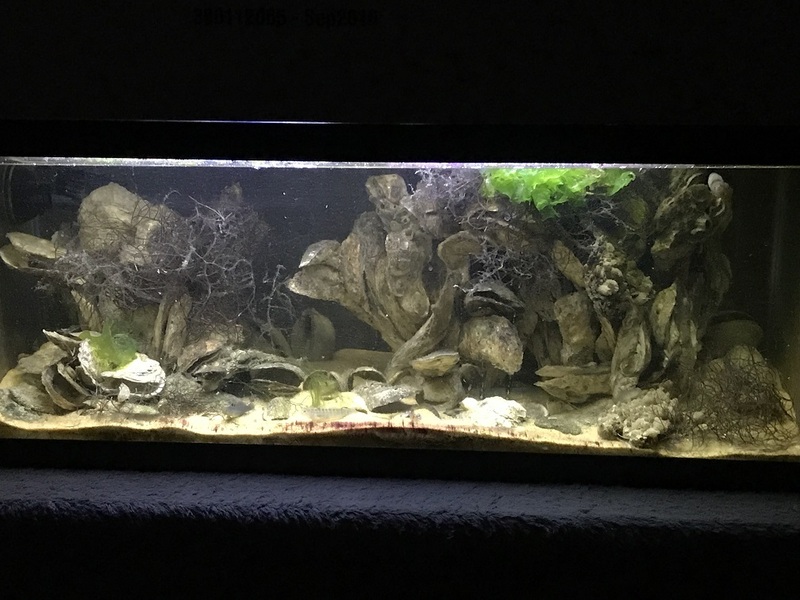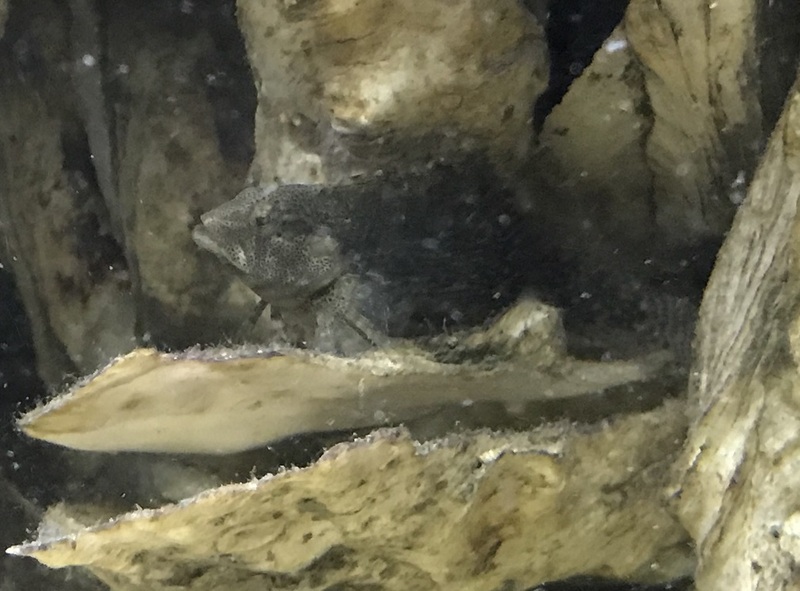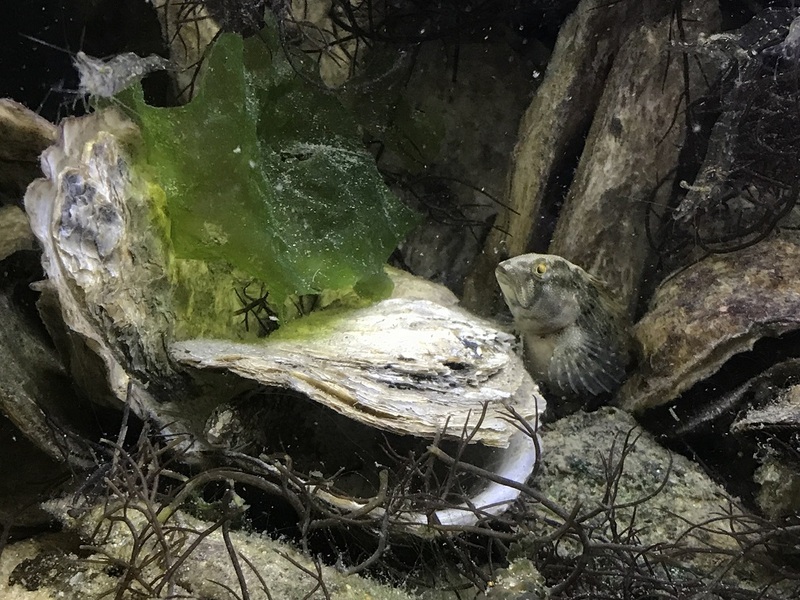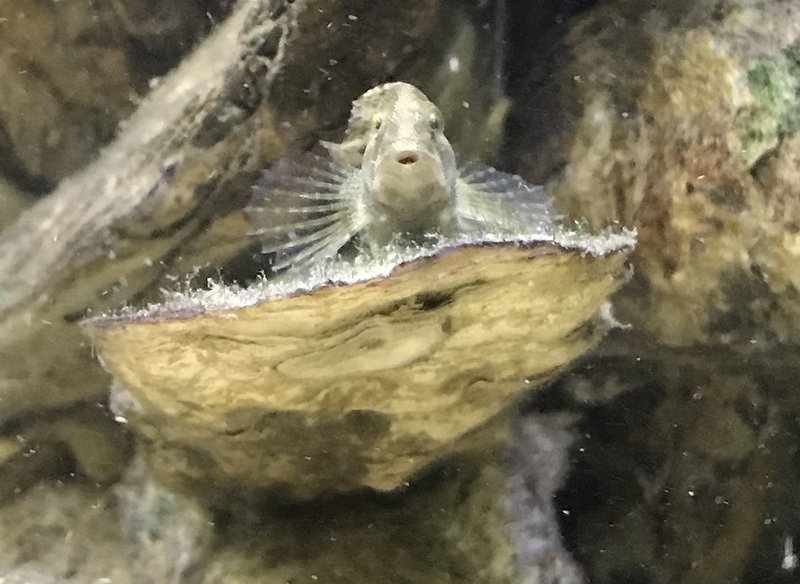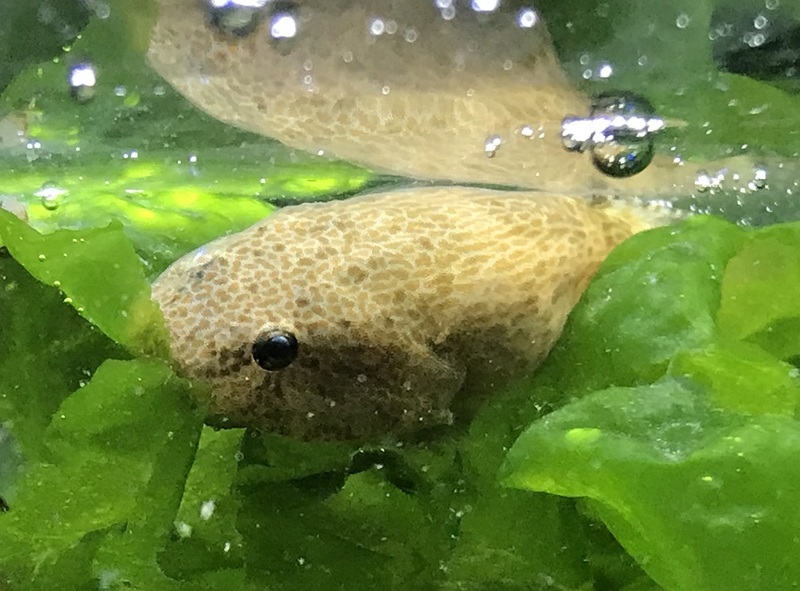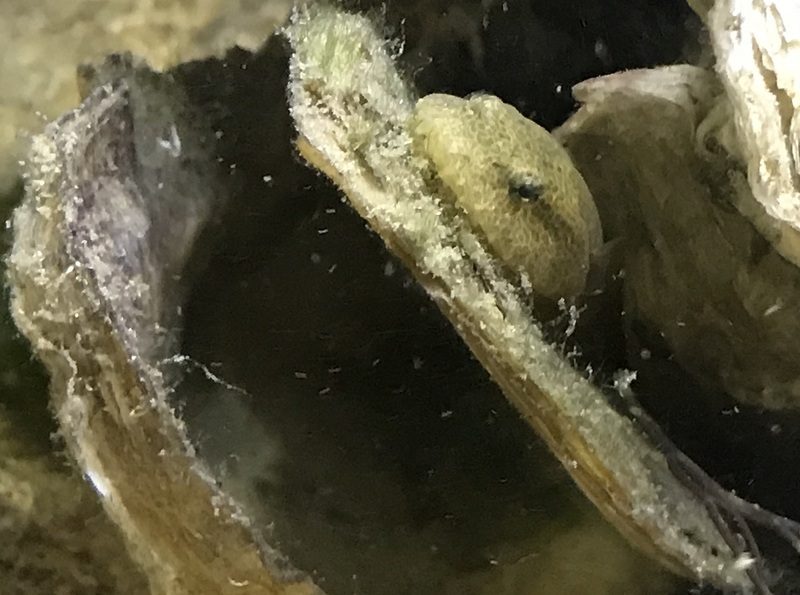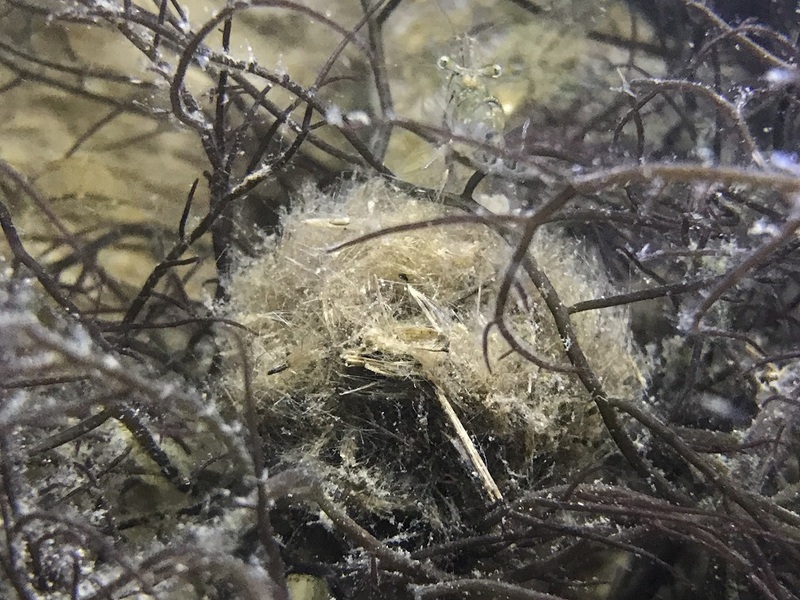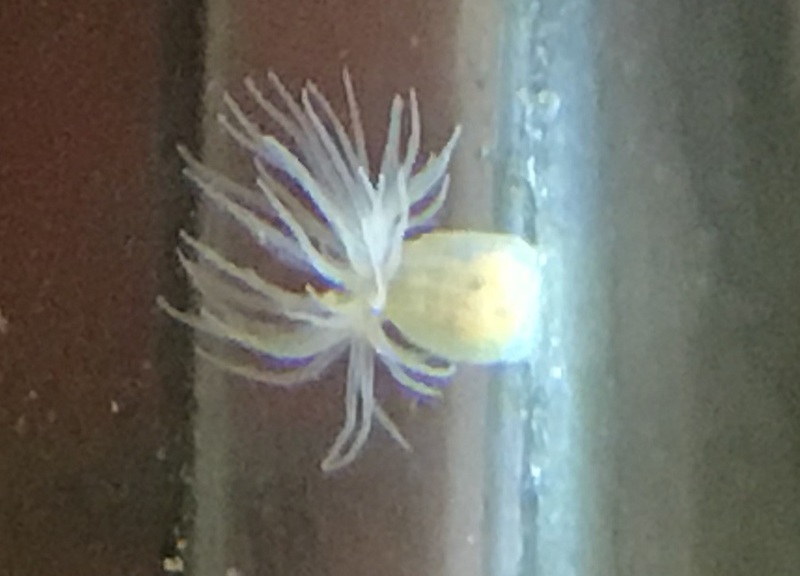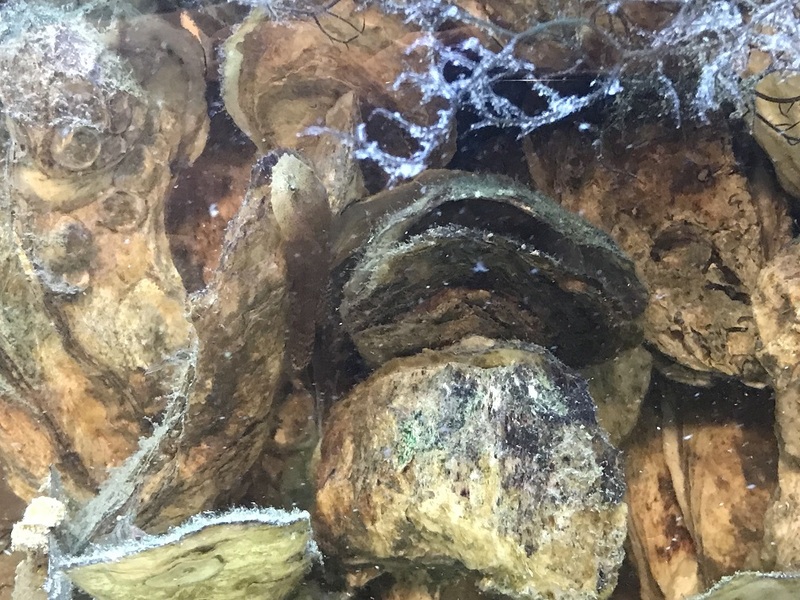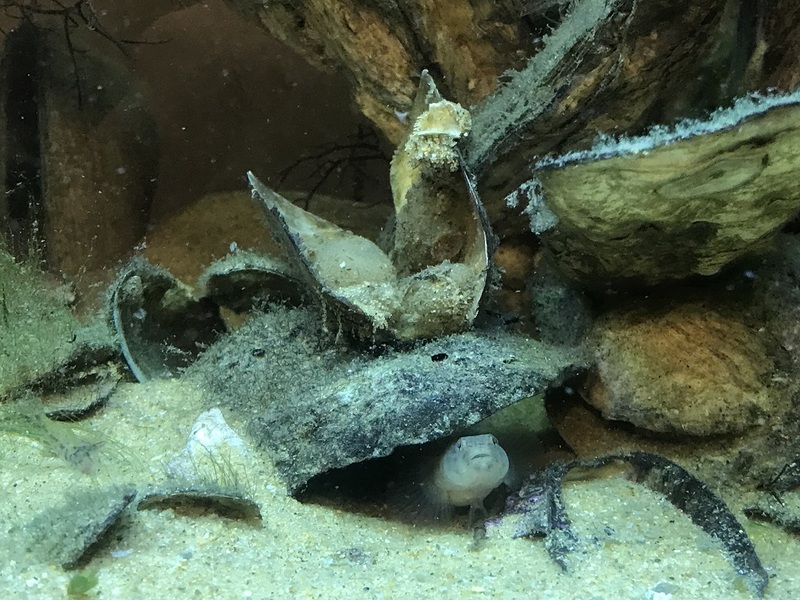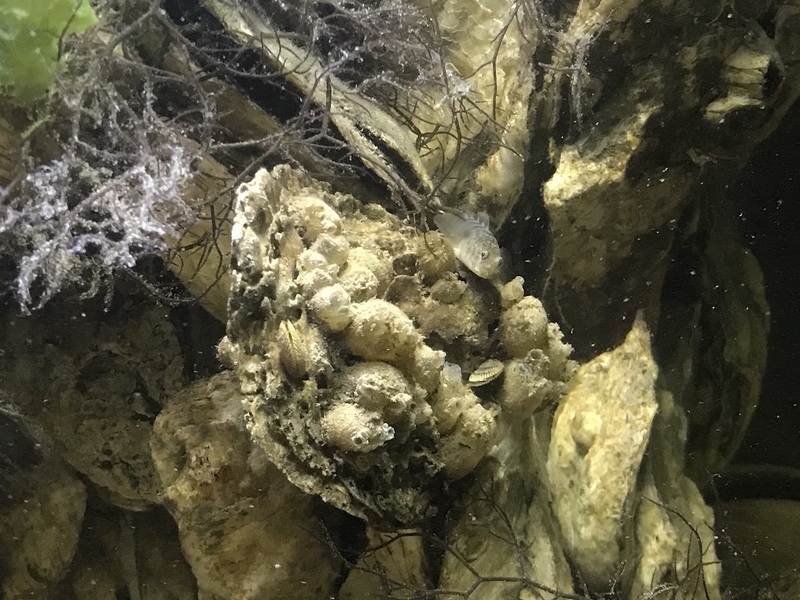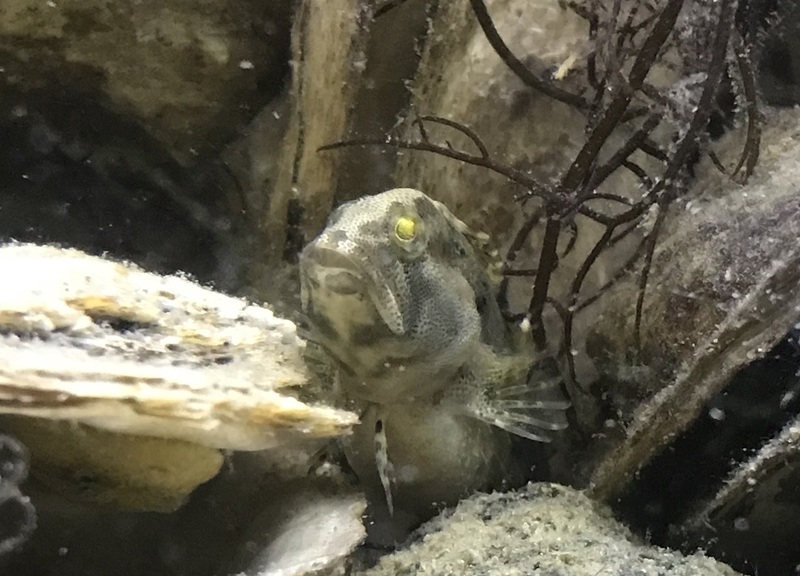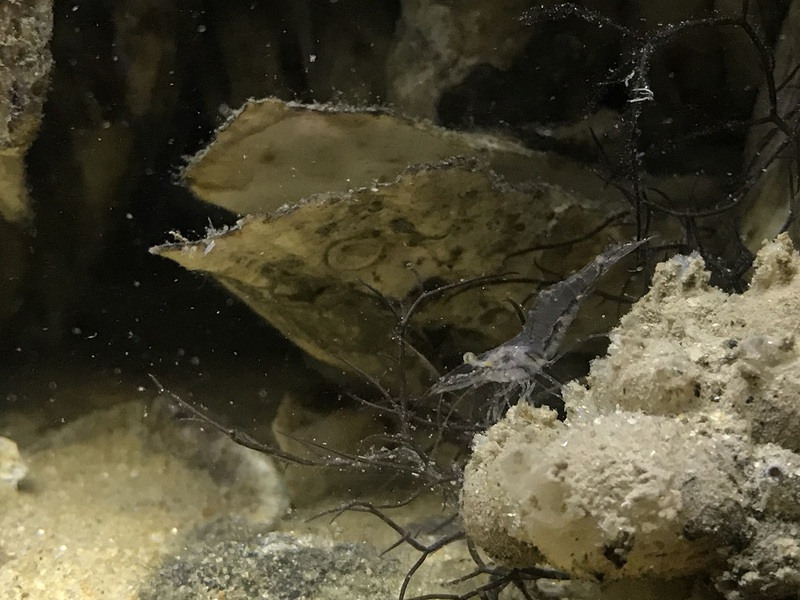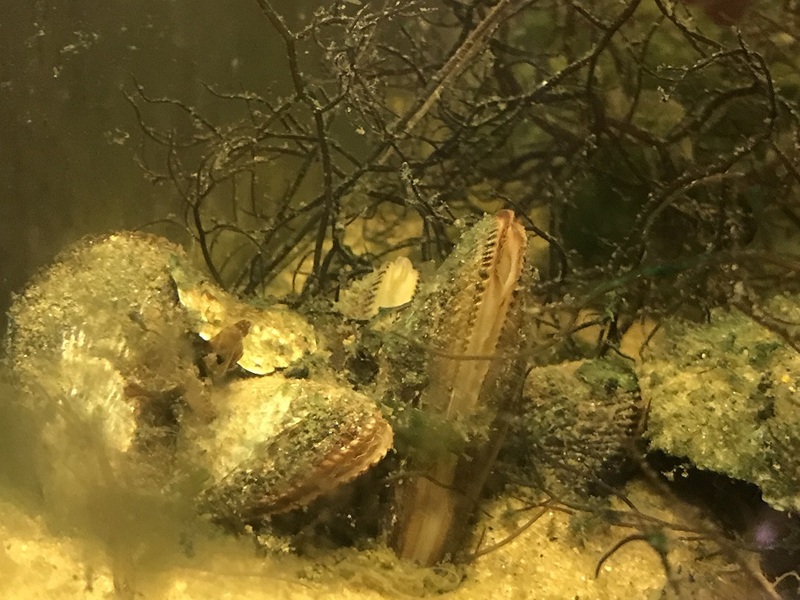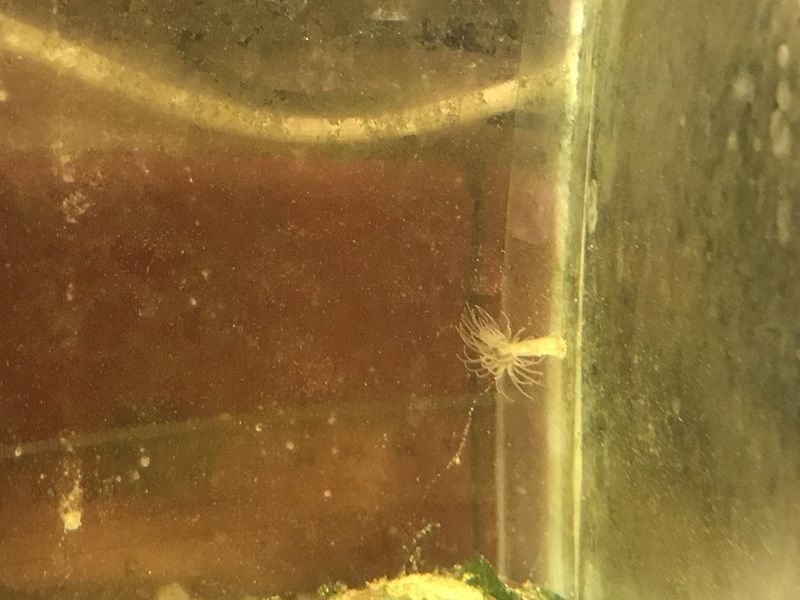Thank you 1bitereefer!
I will shoot another video of the 20g long and post it soon. It is amazing to me how fast these fish grow. Some of the blennies were just a little bit over an inch long when I collected them, and now they're about 2-2.5" long now! All of the fish have grown, but the most growth has been with the blennies. There are 4 crabs in this tank (2 different species of mud crabs), but I've only seen two of them now and then, both last night. I suspect that the other two are still in there but only come out at night if at all. The grass shrimp numbers have decreased, at least I think, because I only counted three of them last night. There could be a few hidden in the macroalgae and within the oyster reef cultches though. I suspect that a few of them fell prey to the fish.
The bryozoan colonies have grown some, but not at the rate that they did early on during the life of this tank.
I will shoot another video of the 20g long and post it soon. It is amazing to me how fast these fish grow. Some of the blennies were just a little bit over an inch long when I collected them, and now they're about 2-2.5" long now! All of the fish have grown, but the most growth has been with the blennies. There are 4 crabs in this tank (2 different species of mud crabs), but I've only seen two of them now and then, both last night. I suspect that the other two are still in there but only come out at night if at all. The grass shrimp numbers have decreased, at least I think, because I only counted three of them last night. There could be a few hidden in the macroalgae and within the oyster reef cultches though. I suspect that a few of them fell prey to the fish.
The bryozoan colonies have grown some, but not at the rate that they did early on during the life of this tank.







